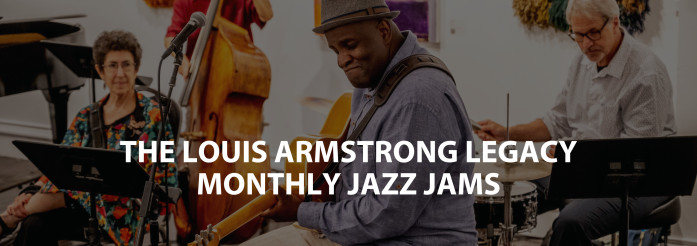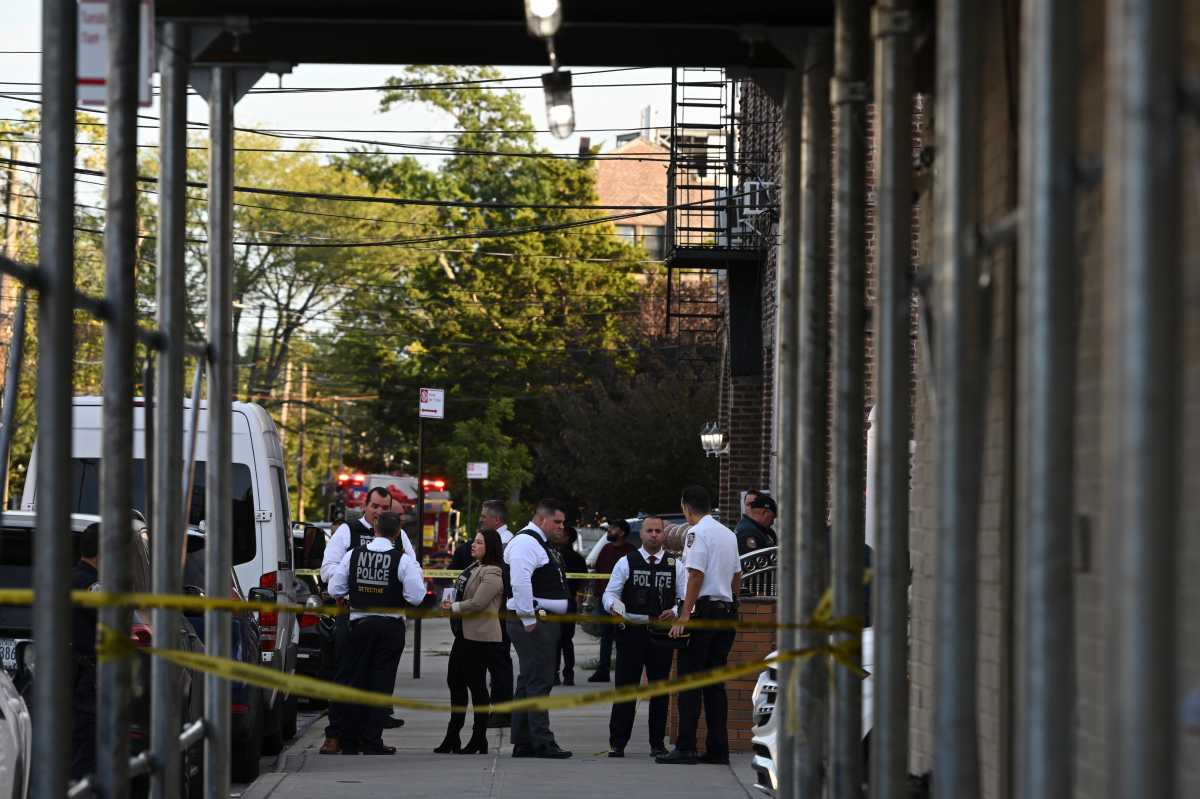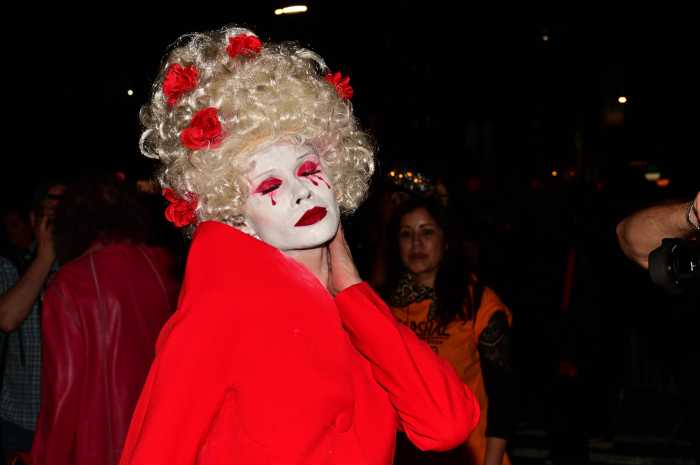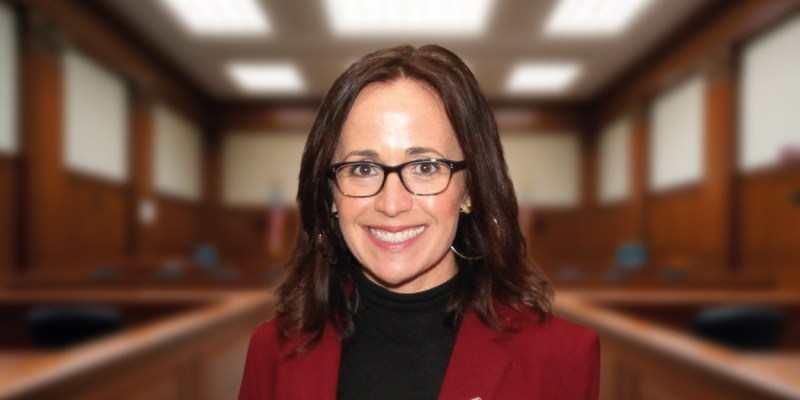Read Related Article #1: Death and life within the ghetto walls
Read Related Article #2: Behind the barbed wire
Read Related Article #3: Survivor Profile: Ruth Turek
Read Related Article #4: Survivor Profile: Minia Moszenberg
Read Related Article #6: Survivor Profile: Ellen Alexander
Read Related Article #7: Survivor Profile: Eddie Weinstein
Through various means during World War II, some Jewish people found ways of going into hiding to avoid the Nazis’ death sentence, and there were also those who were able to escape from their grip. Some were completely on their own whereas others received varying amounts of assistance from people they knew or strangers.
About 10,000 children were able to find refuge in Great Britain through the Kindertransport, which is a German word meaning “transportation of children.” During the transports, which were held from December of 1938 to September of 1939, children left their parents to eventually live in foster homes.
Fresh Meadows resident Ellen Alexander, who was born in Berlin in 1929, went on the Kindertransport with her older sister Ursula. As a 10-year-old, she considered it a big adventure. She and her sister stayed with a couple previously unknown to the family throughout the duration of the war.
Another way that some of the Jews tried to escape the horrors going on in their home countries was by obtaining passage on ships to go to other countries. Known as “ships to nowhere,” they faced many problems, including poor conditions and overcrowding. Many of the ships were denied entry into various ports of call and many lives were lost on these ships.
Esther Katz, now a resident of Hillcrest, was only three and a half when she and her mother boarded the Navemar en route to the United States. Although the boat was built with just a two dozen passenger cabins, it instead held over 1,200 during the voyage. Katz said that her mother was sick the entire time and that, as a child, she was preoccupied with making friends. When they got off the Navemar, they were met by Katz’s father and settled in New York City.
“This was one of the last boats that left Germany,” Katz said. “It was luck, a miracle.”
Flushing resident Ann Klamka also left on a ship with her parents and sister, finally ending up in the Dominican Republic. Once there, Klamka and her family settled in the beachfront town of Sosua, where they were given a parcel of land and a house that was closer to being a wooden shack. Klamka said that she and her sister viewed their new surroundings as a paradise.
Jane Keibel was 15 years old when she boarded the St. Louis with her parents and sister on May 13, 1939. They represented four of 930 passengers. When they arrived in Cuba, they were not allowed off the ship because the president said the cost was $500 per person, not the $250 each they had paid to immigration officers. Eventually leaving after 10 days, the ship made its way to Miami, where it was also refused entry.
“Nobody wanted us. My sister always compares it with the garbage barge that was going all over the harbor,” Keibel said. “That’s what we were basically. We traveled the ocean with no place to go.”
In the end, the passengers of the St. Louis ended up in Holland, Belgium, England and France. Keibel and her family went to France, staying in a hostel.
Queens College graduate Peter Suedfeld, who now lives in Canada, was born in Budapest in 1935. After his mother had been taken to Auschwitz and his father to a slave labor camp, his grandparents and aunt feared things would only get worse. Through a woman who they previously worked with, they were able to smuggle Suedfeld into an International Red Cross Orphanage.
“They sliced off the star from my coat and off we went,” he said.
Suedfeld was in the orphanage from April of 1944 until about February or March of 1945. His name was changed and he was taught what to do in a Catholic church, being careful the entire time not to reveal that he was Jewish. He said he did not understand why he had to be there or why Jews were being persecuted. Although the orphanage was moved several times because of bombings, Suedfeld’s aunt was still able to find him after the war had ended.
Polish-born Eddie Weinstein was eventually sent to Treblinka. However, after an 18-day stay he was able to escape on a train that was leaving with clothing from those who had died. Some stolen bricks of gold bought him food and a hiding place for the next year and a half. During that time, Weinstein, his father and two other people hid in a fish hatchery levee.
After leaving Gurs Concentration Camp in France through aid organizations, Hanne Liebmann found refuge in the village of Le Chambon, which she described as being “Heaven on Earth.” There, she said the Jews were accepted, a bad word was never spoken about them, and, when the roundups started, they were hidden by farmers without any question.
These are just a few examples of how the will to survive drove Jews to find extraordinary measures to stay alive.































